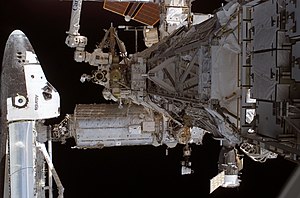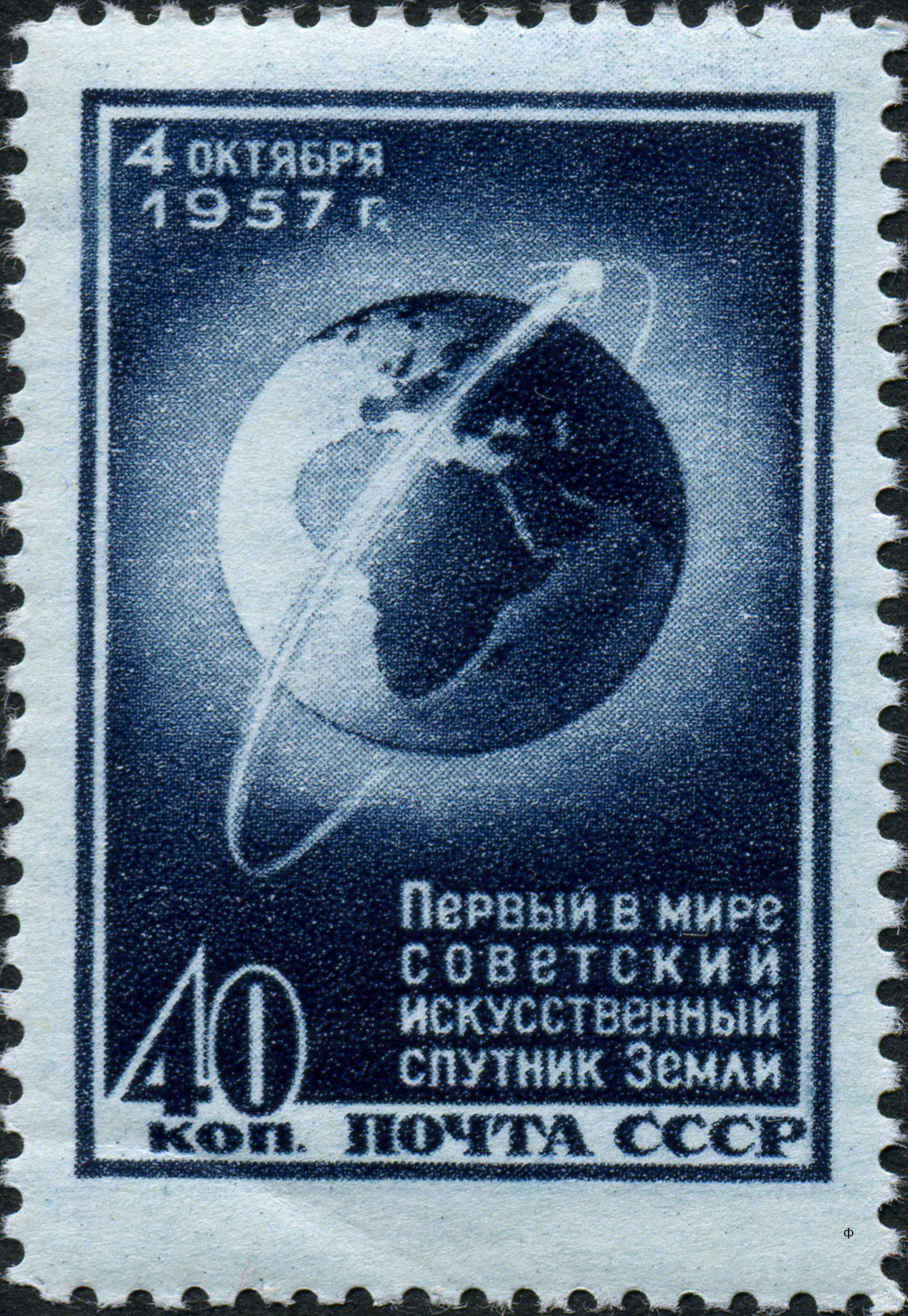Ground Sphere Mk III Mission Logo
Like we mentioned in the 2016 Annual Plan, Mach 30 is shifting from discipline specific project teams, like the #EngineerSpeak and marketing teams, towards working as a consolidated Integrated Product Team (IPT). The IPT merges the technical, business, marketing, and all other aspects of a project into a single focused effort. This approach improves cross-discipline communication and helps to incorporate feedback from all stakeholders.
The best way to experience these benefits is by observing the nature and quality of our team’s work. Fortunately, the use of Agile methods gives Mach 30 regular opportunities to review our team’s work in the form of Sprint Reviews. At the beginning of each 6 week sprint the Mach 30 IPT commits to accomplishing a set of tasks, called Product Backlog Items or PBIs. The team then holds a review at the end of the sprint to report on which tasks they completed and how those tasks were accomplished.
Our first IPT, which is working on a third generation of the Ground Sphere satellite receiving station, just wrapped up its first sprint. So, how did they do? Let’s start by looking at what the six person team committed to:
- Marketing
- Register social media accounts for Ground Sphere on Twitter, Instagram, Vine
- Post the March edition of Launch Pad, the Mach 30 newsletter
- Design mission logo for Ground Sphere Mk III
- Post weekly IPT progress (aka – materials from stand ups, etc) on Mach 30 social media outlets
- Engineering
- Technical literature review of comparable systems (amateur and open source ground receiving ground stations)
- Research and identify a source for link budget calculations (including test cases)
- Reproduce the Listening to satellites for 30 dollars blog post results
This list is a great mix of both marketing and engineering work to create a foundation for sharing technical results and to prepare a refresh of the Ground Sphere design. And the best news is that the team completed six of these seven tasks (everything but the link budget calculation research). As it turned out the link budget calculation research was a larger task than anticipated, but the team still accomplished lots of good work on this task. The team also took on a stretch marketing task: connecting with makerspaces to solicit help replicating Ground Sphere tests. Fablab Tacoma, Nova Labs, Catylator Makerspace, and Hack Canton have all expressed interest.
So that means in the first six weeks of the project the IPT established the ground work for sharing Ground Sphere on the internet, began critical technical literature reviews, and conducted a live test of a similar system. It turns out we were only able to replicate the circumstances of the blog post but not the results (as the Mythbusters would put it), but we are already working on replicating the results by modifying the test in Sprint 2.
Finally, since we value transparency at Mach 30, we recorded the Sprint Review so anyone can take a look at the work the IPT has done. Check it out below.
Let us know if you have any questions or comments about the Sprint 1 Review or the Ground Sphere Mk III project in general. ad astra per civitatem









